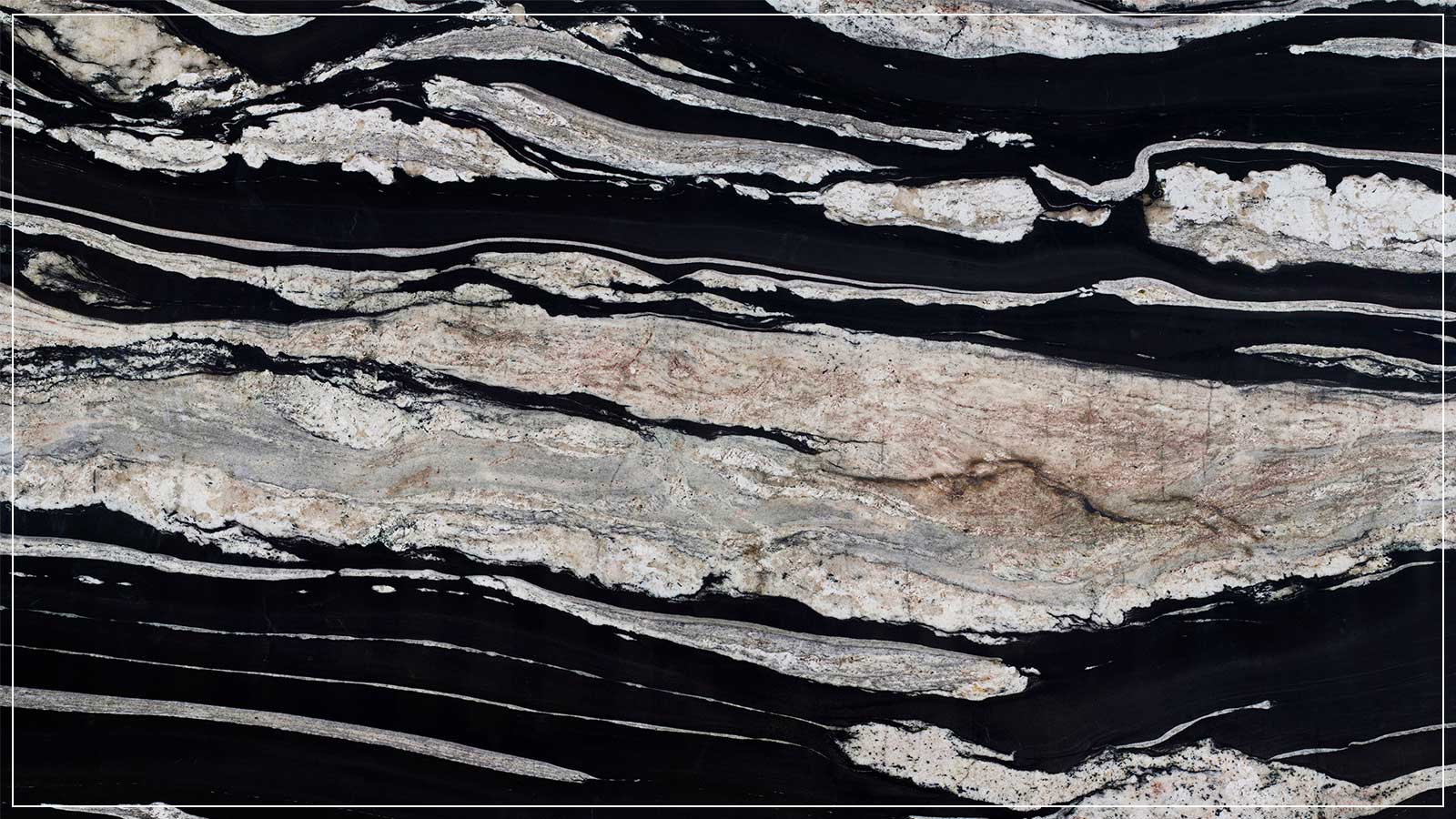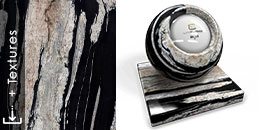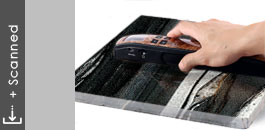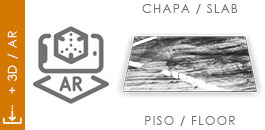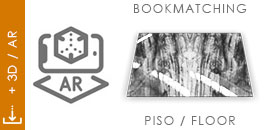Copacabana – Exotic Brazilian Natural Stone
Copacabana is an exotic Brazilian stone that combines the characteristics of pegmatite and schist, resulting in a striking appearance and high durability. This stone, which stands out for its beauty and durability, is ideal for various interior and exterior design applications. Below is a detailed description of Copacabana, its geological characteristics, appearance, uses, extraction location, care, maintenance, and installation.
Characteristics of Copacabana – Exotic Natural Stone
Composition and Geological Classification
Composition
Copacabana is a stone that combines pegmatite and schist. Pegmatite is known for its large crystals and mineral variety, while schist is characterized by its foliated texture with minerals arranged in layers, such as micas. This combination results in a unique material, both in terms of appearance and physical properties.
The pegmatite in Copacabana contributes minerals such as quartz and feldspar, known for their strength and luster. Schist adds elements like biotite, which give the stone its dark, textured bands. The interaction between these two types of rock results in a highly durable and visually appealing material, ideal for a variety of decorative and functional applications.
Geological Classification
Geologically, Copacabana is classified as a metamorphic rock. Metamorphic rocks are formed by processes of high pressure and temperature that alter their structure and mineral composition. In the case of Copacabana, these processes result in a complex structure and impressive aesthetics, making it a popular choice for high-end design projects.
The formation of Copacabana involves specific geological conditions that occur in the northeast of Minas Gerais, Brazil. This region is known for its unique and high-quality rock formations, making Copacabana one of the most valued ornamental stones in the market.
Appearance
Colors
Copacabana exhibits a dramatic contrast between dark and light bands. The black bands are mainly composed of biotite and schist, while the white bands are rich in quartz and feldspar. This combination creates a visually striking pattern reminiscent of waves or stripes, providing a sophisticated and modern aesthetic.
The colors range from deep black to pure white, with shades of gray and brown depending on the concentration of minerals. This color contrast not only adds an element of luxury and elegance but also allows Copacabana to complement a wide range of design styles, from contemporary to classic.
Texture
The texture of Copacabana is visually dynamic and vibrant. The combination of minerals and the metamorphic formation process result in unique patterns reminiscent of fluid movements, such as waves or stripes. This characteristic makes Copacabana a popular choice for applications where aesthetics are crucial, such as kitchen countertops, kitchen islands, bathroom countertops, and cladding.
The texture of Copacabana also contributes to its durability. The foliated structure of schist, combined with the large crystals of pegmatite, creates a surface resistant to scratches and impacts, ensuring the stone’s beauty is preserved for many years.
Uses of Copacabana
Applications
Interior Decoration
Copacabana is highly valued in interior decoration. Its distinctive appearance and durability make it an ideal choice for kitchen countertops, kitchen islands, and bathroom countertops. The presence of Copacabana in a space not only adds an element of luxury but also creates a focal point that can transform the appearance of the entire environment.
Copacabana’s ability to resist stains and scratches makes it especially suitable for high-use areas like kitchens and bathrooms. Additionally, its combination of colors and texture allows it to seamlessly integrate into a variety of design schemes, from minimalist to extravagant.
Cladding
Copacabana is excellent for wall and floor cladding in residential and commercial areas. Its durability and striking appearance make it a popular choice for high-end projects. The application of Copacabana on walls and floors can transform an ordinary space into a luxurious and contemporary environment.
Copacabana’s resistance to physical damage and its ability to maintain its beauty over time make it a practical and aesthetically pleasing choice for cladding. Additionally, the relatively simple maintenance of this stone ensures that it continues to impress for many years after installation.
Decorative Pieces
In addition to its applications in countertops and cladding, Copacabana can be used to create custom decorative pieces. Tables, table tops, and other decorative elements made of Copacabana can enhance any space with their unique and exotic beauty.
Using Copacabana in decorative pieces allows designers to explore their creativity, leveraging the stone’s unique patterns and colors to create functional works of art. These pieces can serve as focal points in residential and commercial environments, adding a touch of elegance and exclusivity.
Extraction Location
Northeast of Minas Gerais, Brazil
Copacabana is extracted in the northeast of Minas Gerais, Brazil. This region is known for its favorable geological conditions for the formation of high-quality stones. The combination of pressure and temperature over millions of years resulted in the creation of ornamental stones of exceptional beauty and durability, such as Copacabana.
The extraction of Copacabana is carried out using modern and sustainable techniques, ensuring that the quality of the stone is preserved while minimizing environmental impact. The northeastern region of Minas Gerais is rich in natural resources, and the extraction of stones like Copacabana significantly contributes to the local economy while providing high-quality materials for the global market.
Care and Maintenance
Maintenance
Cleaning
Cleaning Copacabana should be done with a damp cloth and neutral detergent. Acidic or alkaline products should be avoided, as they can damage the stone’s surface. Regular maintenance ensures that the beauty and durability of Copacabana are preserved over time.
For more persistent stains, it is recommended to use specific cleaners for natural stones. These products are formulated to clean deeply without damaging the stone. Additionally, it is important to dry the surface after cleaning to prevent water stains.
Sealing
Applying an appropriate sealer is essential to protect the stone against stains and wear. Sealing should be done periodically, according to the sealer manufacturer’s recommendations. The sealer creates a protective barrier that prevents the penetration of liquids and dirt, maintaining the stone’s appearance.
The frequency of sealing depends on the use and location of the stone. In high-use areas, such as kitchens and bathrooms, the surface may need to be sealed more frequently. Following the sealer manufacturer’s recommendations will ensure maximum protection and longevity of the stone.
Installation
Procedure
Surface Preparation
Before installation, the surface must be leveled and clean. Any irregularities on the surface can compromise the integrity of the installation and the final appearance of Copacabana. Proper surface preparation is essential to ensure a durable and secure installation.
Cutting and Finishing
Cutting and finishing Copacabana should be done by qualified professionals using appropriate tools to avoid damaging the stone. Using high-precision cutting equipment ensures that the pieces are cut accurately, allowing a perfect fit during installation.
Edge and surface finishing is also a crucial step. A well-done finish not only enhances the stone’s aesthetics but also contributes to its durability. Professionals should use appropriate techniques and materials to polish and seal the edges, ensuring a smooth appearance resistant to chips and cracks.
Fixation
Fixing Copacabana requires the use of high-quality materials to ensure durability and safety in the installation. Choosing suitable adhesives and grouts is essential to ensure the stone is firmly attached to the surface. Additionally, it is important to follow the installation materials manufacturer’s instructions for the best results.
During fixation, it is essential to ensure that all pieces are leveled and aligned correctly. Any unevenness can affect the structural integrity and appearance of the installation. Using spacers and leveling tools can help achieve a perfect result.
Advantages of Copacabana
Durability and Resistance
One of the main advantages of Copacabana is its durability and resistance. The combination of pegmatite and schist results in an extremely robust stone capable of withstanding impacts, scratches, and stains. This makes Copacabana an ideal choice for high-use areas such as kitchens and bathrooms, where resistance to damage is crucial.
Beauty and Aesthetics
In addition to its durability, Copacabana is highly valued for its exotic beauty. The contrasting colors and unique patterns add a touch of elegance and sophistication to any environment. Copacabana’s aesthetic versatility allows it to be used in a wide range of design styles, from classic to modern.
Application Versatility
Copacabana is extremely versatile and can be used in various applications, including countertops, cladding, and decorative pieces. Its durability and aesthetics make it suitable for both residential and commercial environments, offering a long-lasting and visually appealing design solution.
Easy Maintenance
Maintaining Copacabana is relatively simple. With regular cleaning and periodic sealing, the stone can maintain its beauty and integrity for many years. This makes Copacabana a practical choice for homeowners and designers looking for a low-maintenance material that offers high aesthetic and functional performance.
Sustainability
Copacabana’s extraction is carried out with sustainable techniques, minimizing environmental impact. Additionally, the stone’s durability reduces the need for frequent replacement, contributing to long-term sustainability. Choosing Copacabana means opting for a material that is not only beautiful and durable but also environmentally responsible.
Conclusion
Copacabana is an exotic Brazilian stone that combines the durability of pegmatite with the foliated texture of schist, resulting in a highly resistant and striking material. Its combination of contrasting colors and dynamic patterns makes it an ideal choice for a wide range of applications, from countertops and cladding to custom decorative pieces.
Extracted in the northeast of Minas Gerais, Brazil, Copacabana is valued for its exceptional beauty and durability. Simple maintenance and professional installation ensure that this stone continues to impress and serve its purposes for many years. With its advantages in durability, aesthetics, versatility, easy maintenance, and sustainability, Copacabana is an excellent choice for high-end interior and exterior design projects.
Opting for Copacabana guarantees a material that combines exotic beauty and superior performance, providing sophisticated and contemporary environments. Whether in residential or commercial projects, Copacabana stands out as a natural stone that elevates the quality and elegance of any space.

Want to know more about this and other SuperClassico materials?
Ask our AI your question here!
BookMatching
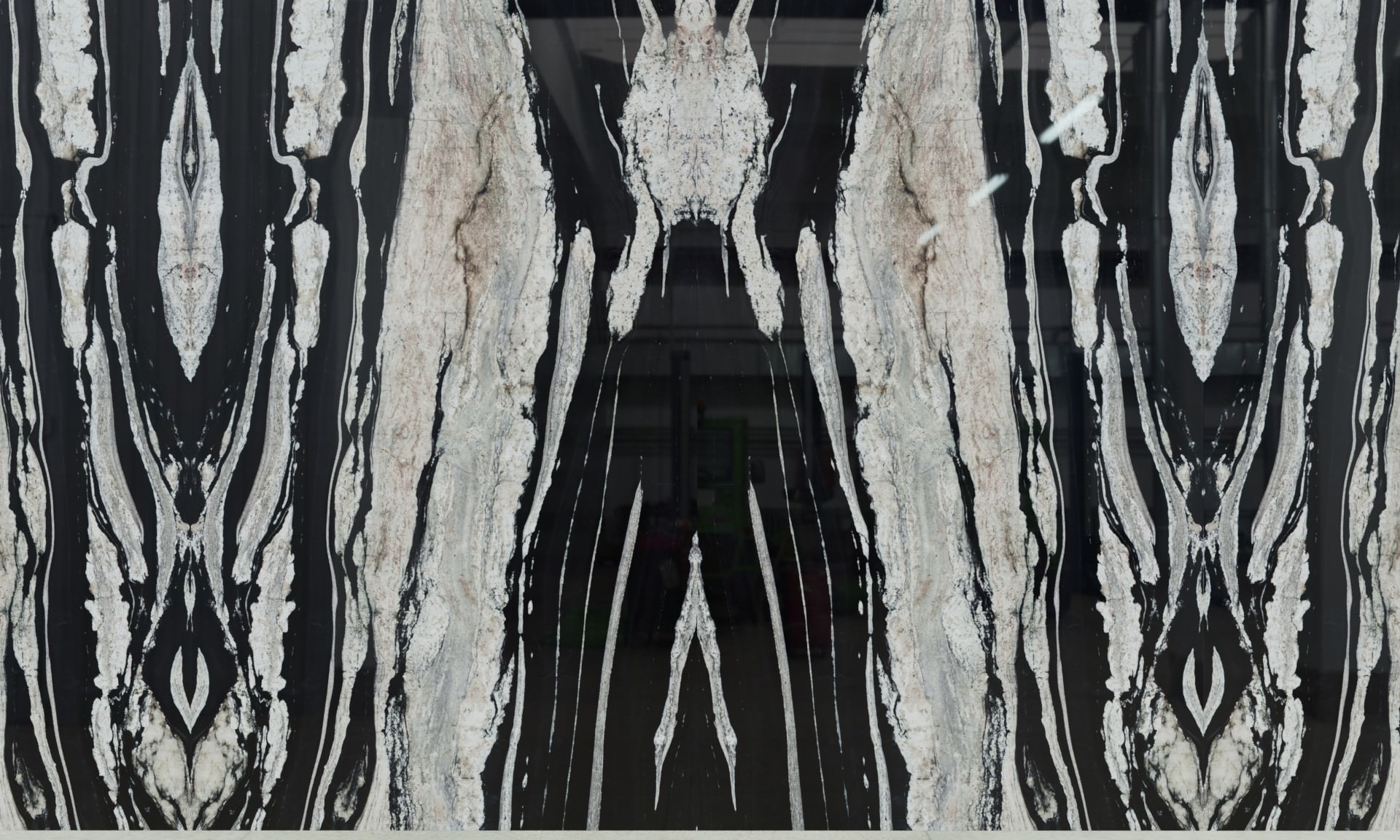 Vertical
Vertical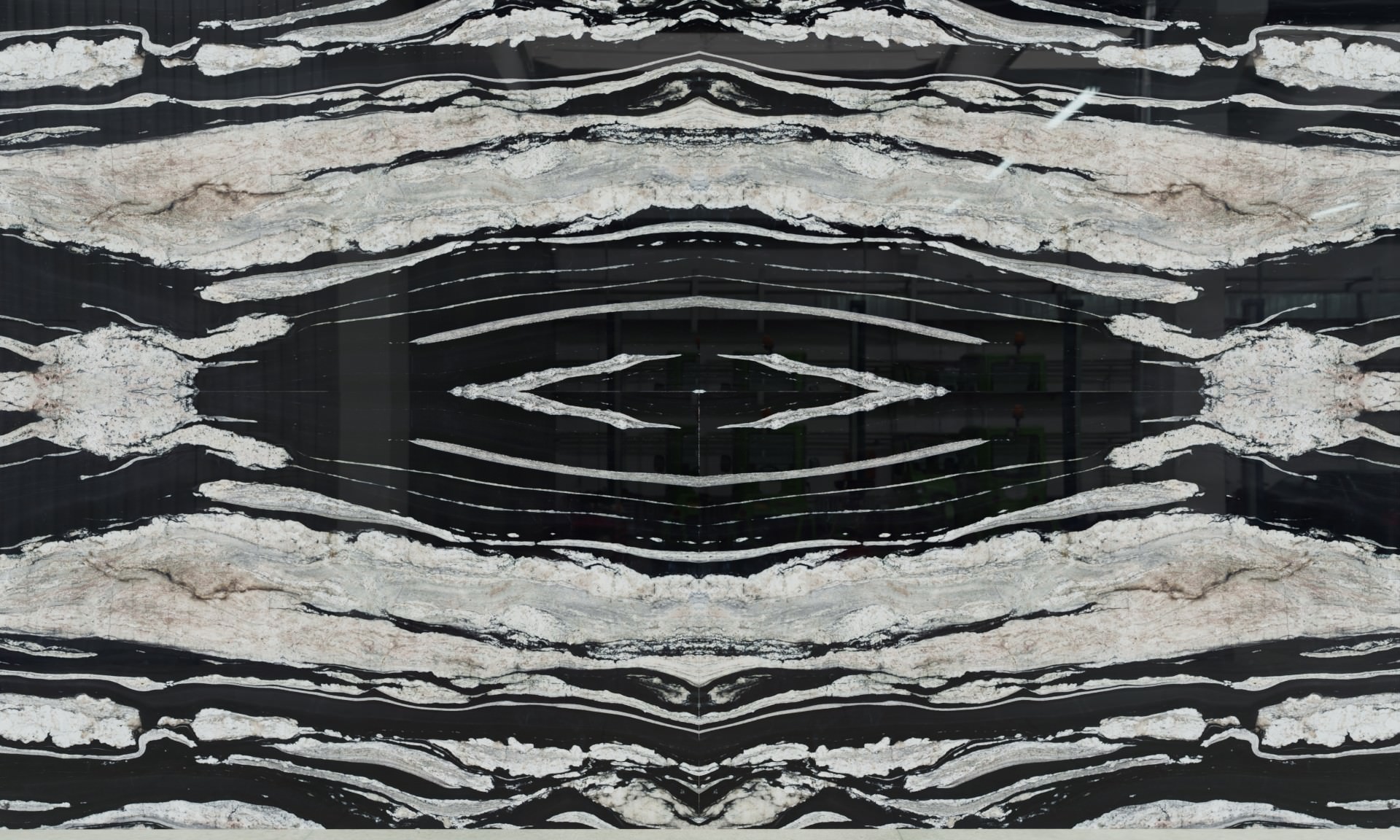 Horizontal
HorizontalFor Designers and Architects
Copacabana is a metamorphic stone that presents the combination of the world’s classic colors: black and white.
| PETROGRAPHY CLASSIFICATION | PEGMATITE/SCHIST | |
| NORMA | TESTS | RESULTS |
| ABNT NBR 12766 | Water Absortion | 0,22 % |
| ABNT NBR 12766 | Apparent Dry Density | 2729 kg/m³ |
| ABNT NBR 12767 | Compressive Strength | 88 mpa |
| ABNT NBR 12763 | Flexural Strength | 4,06 mpa |
| Abrasion Strength (HA) | 0,006 (cm³/cm²) | |
To simulate how a particular material would look as a floor, tabletop, or countertop in your home, use Augmented Reality technology on your smartphone. It’s easy! Just click on the “View in your space” button and you’ll be able to see the virtual object in your real environment. Try it now!
3D/AR View
Click on the CARDS below and choose different options to simulate the material with AR in your environment through your Smartphone’s camera.
Classification
Tipo: PEGMATITE/SCHIST
About
Copacabana, an exotic natural rock Formed by two minerals, schist (black color) and pegmatite (white color), refers to a strong and striking look, making it a distinct natural stone and recognized worldwide.
Composition
Finishings
Polished
It is the “shiny” surface that results in the plate when receiving the complete finish, that is, until the last grain. Depending on its composition, the polished material may have a higher or lower brightness intensity.
Brushed
It is the resultant surface in the sheet when it receives roughing treatment performed by steel brushes or synthetic materials. Different brushing models can be executed, with greater roughness, medium and few.
Soft Leather
It is the resultant surface in the sheet when it receives roughing treatment performed by steel brushes or synthetic materials. Depending on the type of brushes used you can still reproduce in some materials a surface with a design similar to natural leather.
Flamed
It is the resultant surface in the plate when it receives heat treatment (burned with torch specially developed for the function) that takes out small flakes of the same, making the surface slightly irregular producing the impression that it is rustic.
Water Jet
It is the resulting surface in the sheet when it receives roughing treatment carried out by a high-pressure water jet. It is basically made of sheets from the looms because in these the pressurized water finds penetration points in the plate to loosen the scales of the sawn surface.

